
The ABC’s Of Retinol
Retinol (and Retinoids): before getting started, let’s discover this super popular, magical and gold-star ingredient by understanding what it is. Retinol is a specific type of Retinoid. Retinoids are a group of Vitamin A (specifically A1 ) derivatives, which have become the go-to solution in anti-aging and corrective skin care. They work by binding with the Retinoic Acid receptors in the DNA of skin cells, encouraging a quicker cellular turnover and preventing the production of collagenases (an enzyme that causes the breakdown of collagen in the skin).
Retinol has a lower concentration in over-the-counter (OTC) products and is most commonly used in cosmetic skin care. In Canada, professional-grade* skin care brands generally have Retinol concentrations ranging between 0.3% to 1%**. Retinoids have much higher concentrations and are, therefore, only available with a prescription from a Doctor.
Both Retinol and Retinoids offer the same benefits and results for the skin. The only difference is that products containing Retinol work gradually and results take longer, as they are weaker in concentration. Isn’t it great to know, particularly in this case, that more is not always better? In fact, when using Retinol it is recommended to start with lower concentration products and move to high concentrations over time. This allows your skin an adjustment period to acclimate, thereby reducing the chances of side effects. We will review this shortly #keepreading.
Here are the most popular forms of Retinol, used in skin care:
- Retinyl Palmitate: is the least potent OTC Retinoid. It is often recommended to start with for sensitive or excessively dry skin, with minimal wrinkling.
- Retinaldehyde: is an OTC Retinoid which is slightly stronger than Retinyl Palmitate.
- Retinol: is the strongest ingredient found in OTC Retinoid products.
- Tretinoin: is a potent Retinoid, available by prescription only.
- Tazarotene: is the most powerful Retinoid, available by prescription only.
OTC Retinols used in serums, ampoules, concentrates and moisturizers are often combined with other ingredients to make them more palatable and/or effective, however, this also means that their efficacy (%) can be compromised due to compatibility issues with formulations. Retinol is very tricky to manufacture. To produce effective and stable products, is serious science. You’ll notice that most professional-grade* OTC Retinol products are sold in airless pump containers, as this maximizes stability and longevity of the formulation (%). It’s important to understand that just because a product “claims” to have Retinol, does not mean it will work or provide the results you are looking for. There’s a ton of marketing and social strategies involved in creating hype around this trendy ingredient, to help sell-through to consumers. We recommend you speak to a skin are specialist to help you make the best product choice according to your skin type, concerns and goals.
History Fact: It all started in 1971 when Dr. Albert M Kligman, a renowned Dermatologist at the University of Pennsylvania, USA, discovered Tretinoin (Retinoic Acid) for the treatment of acne.
RESULTS GALORE
Retinol is a POWERHOUSE ingredient which has multiple benefits for the skin. It boosts cellular turn-over which helps to even-out skin tone (i.e. hyperpigmentation and sun damage). It increases collagen production which improves elasticity and firmness, as well as reduces the appearance of fine lines and wrinkles. It is an antioxidant which improves many age-related skin concerns. When used regularly, it’s highly recommended to fight acne and reduce acne scarring. It stimulates the production of new skin cells, which has skin-restoring and resurfacing effects, resulting in the minimized appearance of pores. It is anti-inflammatory, which helps to reduce the appearance of redness (also associated with acne) and other age-related conditions (i.e. hyperpigmentation and pre-mature aging). Finally, it stimulates the production of new blood vessels, which improves skin tone. Results, results, results for a new youthful and radiant glow #yestoretinol.
WHEN & HOW
It is recommended to use in the evening only, as Retinol changes your skin in a way that makes it more prone to sun damage. Also, the molecule becomes unstable in the presence of UV light. It is always recommended to start slowly when integrating Retinol in your skin care regime. Your skin will require an acclimation period (AKA learning curve). For professional-grade* Retinol products, most brands suggest to start every 4th to 5th evening and to monitor how you’re skin adapts during the first 2 weeks. You can increase frequency over time; however, this will depend on how your skin acclimates. Fact: Retinol can be used every evening. It is not a stand-alone product and should always be accompanied by other complimentary products, such as a hydrating and repairing moisturizer. Speak to a skin care specialist to help choose the right product and regime for you. Before starting with any product, remember to thoroughly read the usage instructions (and warning guidelines) as provided by the brand manufacturer.
WHO CAN USE IT
Most skin types will tolerate OTC Retinol products. You can start integrating them as early as the teen years to prevent photo damage, increase skin cell turn-over and decrease acne breakouts. They are used at night to protect the skin from external damages such as the environment and pollutants, which we are all exposed to at an early age. Speak to a skin care specialist to find the most suited product and brand for you. Important: if you are pregnant or breastfeeding, you should avoid using Retinols and Retinoids altogether.
WHAT TO EXPECT
You may or may not experience side effects of Retinol. However, it’s completely normal for most people to experience some sort of side effect(s) even when acclimating according to brand guidelines. The important thing to remember is: expect it and do not stop using the product. Here’s a list of the most common side-effects: a brief sensation of warmth or stinging immediately following application, peeling, excessive dry skin, burning sensation, warmth, stinging, redness, tingling, swelling, irritation, discolored skin, itching, scaling or worsening of acne (especially during the first 2-4 weeks). Photosensitivity also occurs, therefore, sunlight exposure should be minimized while using Retinols, always use an SPF (minimum 30) during the day when using products containing Retinol.
WHAT TO AVOID
Avoid applying Retinol to lips, mucous membranes and close to eyes (upper and lower). There are certain ingredients that should not be used (or avoided) with Retinols and Retinoids, such as AHA’s, Salicylic Acid and Benzoyl Peroxide which can deactivate certain Retinoids. Be cautious when layering products and make sure to review with a skin care specialist prior to mixing and/or layering products containing these active ingredients. If you are not sure, don’t be shy to ask.
THE SOURCE
There are two sources for Retinol. From animals including fish, meat, eggs and whole milk. In plants, from a family of substances called carotenoids, which are found in bright coloured fruit and vegetables as well as leafy green vegetables.
We are sure it comes as no surprise to understand why Retinol has hit the top 10 ingredient chart in skin care, year after year. It is amazing… potent and powerful. It also needs to be taken seriously. Don’t hesitate or be nervous to introduce Retinol in your evening skin care routine. It’s both preventative and treatment focused. Your skin will thank you, we promise!
We hope you have enjoyed this week’s blog and invite you to contact us (info@bskinenvie.ca) should you have any further questions or concerns. If you would like clarification or personalized advise on which Retinol product to use, don’t hesitate to ask. We are here for you!
Happy hump day,
Tasch xxx
** Professional-grade products: brands which are used in businesses that provide treatment services, such as a day spa, medical (medi) spa, doctor’s office (dermatologist/plastic surgeon) or skin care clinic
** Health Canada permits a maximum of 1% Retinol in “cosmetic products”, with very specific usage instructions and warning guidelines.

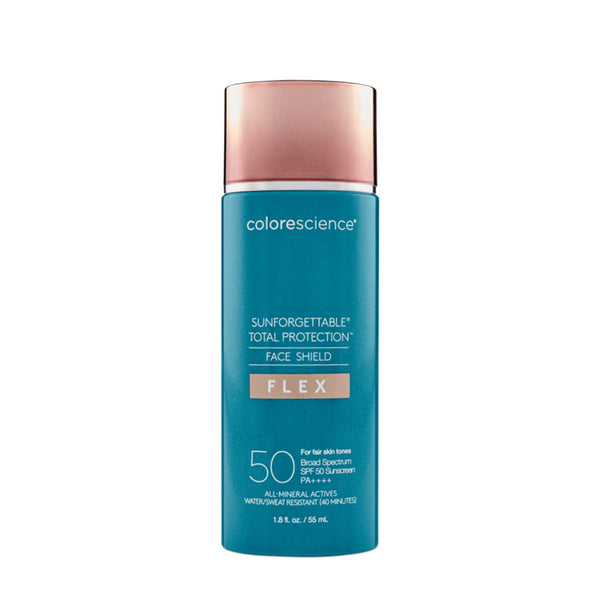
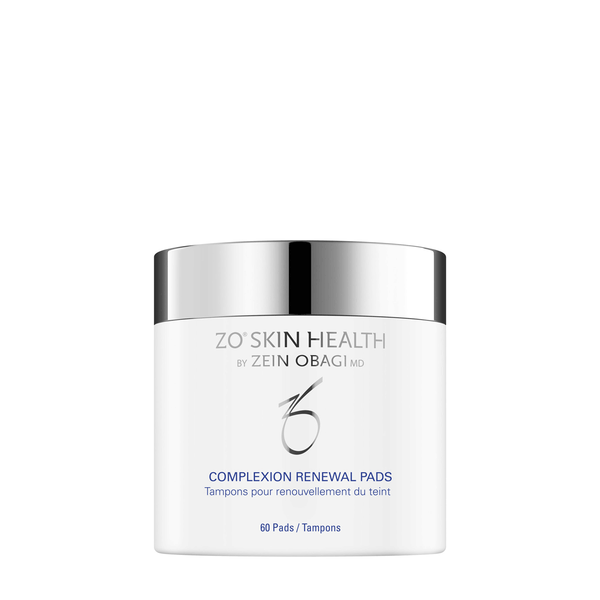
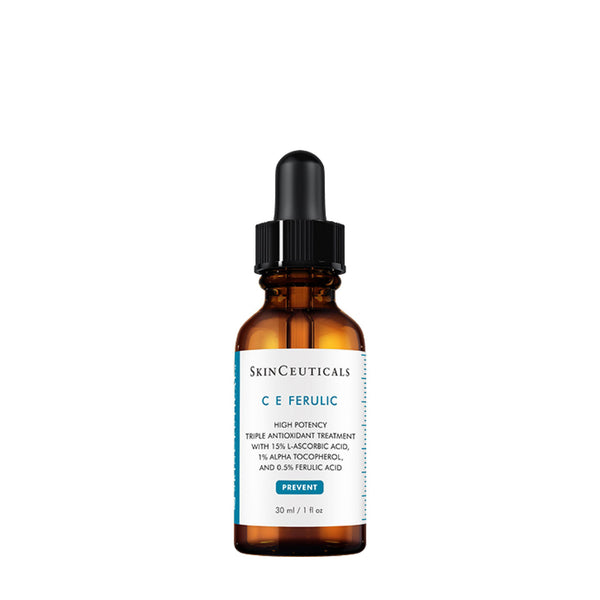
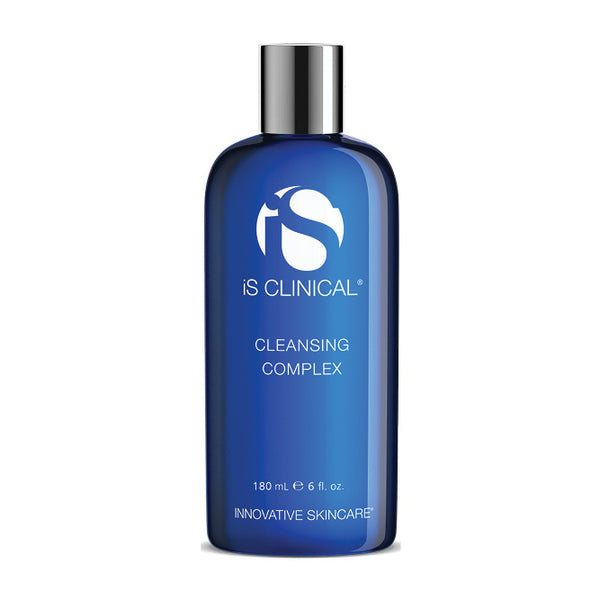
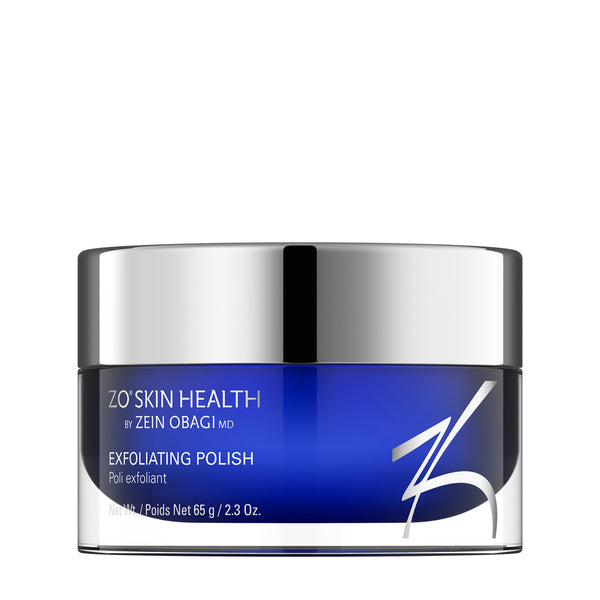





Leave a comment